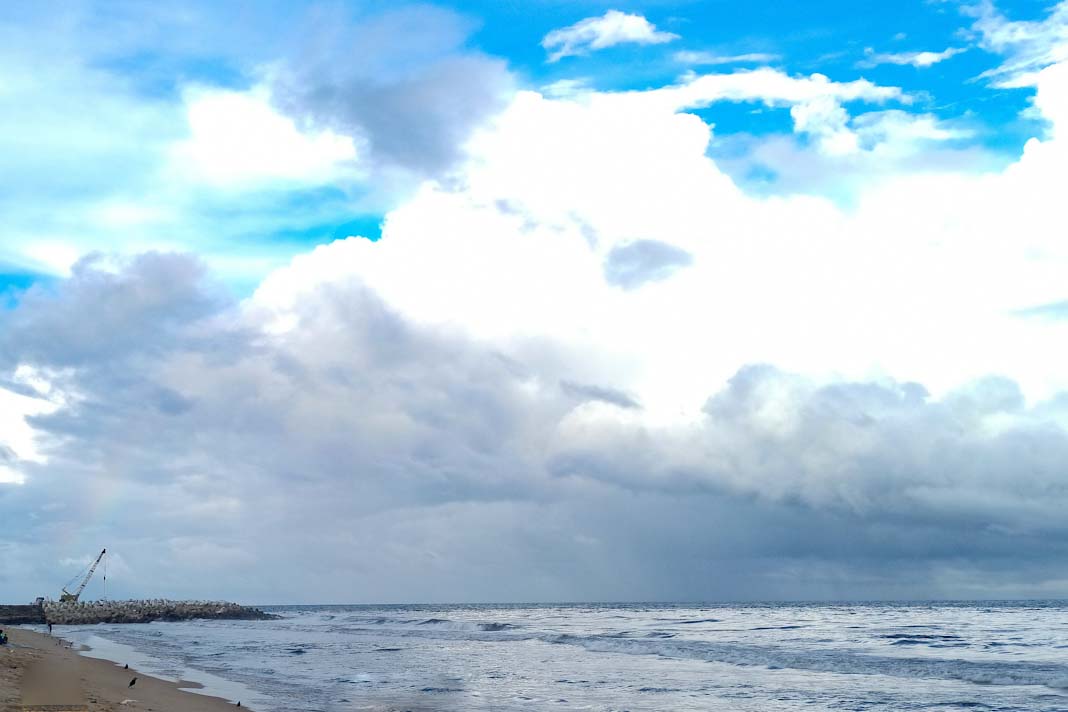
- Huatai Marine has released updated compliance guidelines to help shipping operators manage water pollutant discharges in Chinese coastal waters.
- The guidance outlines specific discharge prohibitions, regional regulations, and best practices for pollutants such as grey water, wash water, and oily wastewater.
- In areas where territorial sea baselines are undefined, ship operators are advised to adopt cautious measures and document all discharge activities thoroughly.
Huatai Marine has issued a new circular offering comprehensive guidance on discharge control and regulatory compliance for water pollutants from ships operating in Chinese coastal waters. These suggestions serve as general references for industry operators, with actual compliance dependent on vessel type, pollutant characteristics, and applicable real-time regulations. When in doubt, consultation with the local Maritime Safety Administration (MSA) is recommended to confirm proper discharge protocols.
Prohibition of Wash Water from Open-Loop Scrubbers
Discharge of wash water from open-loop exhaust gas cleaning systems is strictly prohibited within the Domestic Emission Control Areas for Atmospheric Pollution from Ships (DECAs). This is part of China’s continued efforts to reduce marine and atmospheric pollution from ship emissions.
Grey Water Management Practices
Although China has not yet established binding regulations for grey water discharge, Huatai Marine encourages environmentally responsible practices while ships are in port. These include:
- Minimizing grey water production through delayed laundry and scullery activities and by restricting shower use.
- Reducing kitchen grease entering grey water systems by pre-cleaning tableware.
- Using environmentally friendly, phosphorus-free detergents that avoid heavy metals or bioaccumulative chemicals.
- Prioritizing the discharge of grey water into port reception facilities when possible.
Bohai Sea Discharge Restrictions
The Bohai Sea is defined as China’s internal sea and is subject to strict pollutant discharge rules. In general, ships are prohibited from discharging pollutants unless they meet the following criteria:
- Sewage treated through onboard systems meets discharge control requirements and is released while the ship is en route.
- Oily wastewater processed via oil-water separation units complies with discharge limits and is released during navigation.
- Deck and external wash water do not contain harmful cleaning agents or additives.
- Grey water is allowed.
- Ballast water meets the D2 treatment standard and is discharged only with MSA approval.
Discharge Considerations in Areas Without Declared Territorial Sea Baselines
The absence of officially defined territorial sea baselines in waters north of Shandong Province creates challenges for determining compliant discharge distances from land. Although no penalties have been reported for such cases, Huatai Marine recommends the following prudent approaches, listed by priority:
- Discharge into reception facilities: This is the most reliable solution and eliminates ambiguity over discharge distances.
- Onboard storage until reaching compliant waters: Ships should hold water pollutants onboard until reaching areas where baselines are clearly declared.
- Reference DECAs: While primarily designed for air emissions, the geographic coverage of DECAs often overlaps with regulated waters. Ships may consider discharging pollutants outside these areas, ensuring compliance with all other relevant standards.
- Distance-based discharge using electronic charts: As a last resort, ships may use measured distance from land (via ECDIS or other tools) to guide discharge locations, but must maintain complete records of navigation tracks, discharge times, and supporting documentation.
Huatai Marine’s guidance serves as a critical tool for operators navigating the evolving regulatory landscape surrounding maritime pollutant discharge in Chinese waters. While some requirements remain region-specific or undeclared, the guidance stresses the importance of proactive environmental stewardship and accurate operational documentation to minimize regulatory risks.
Did you subscribe to our daily Newsletter?
It’s Free Click here to Subscribe!
Source: safety4sea


















